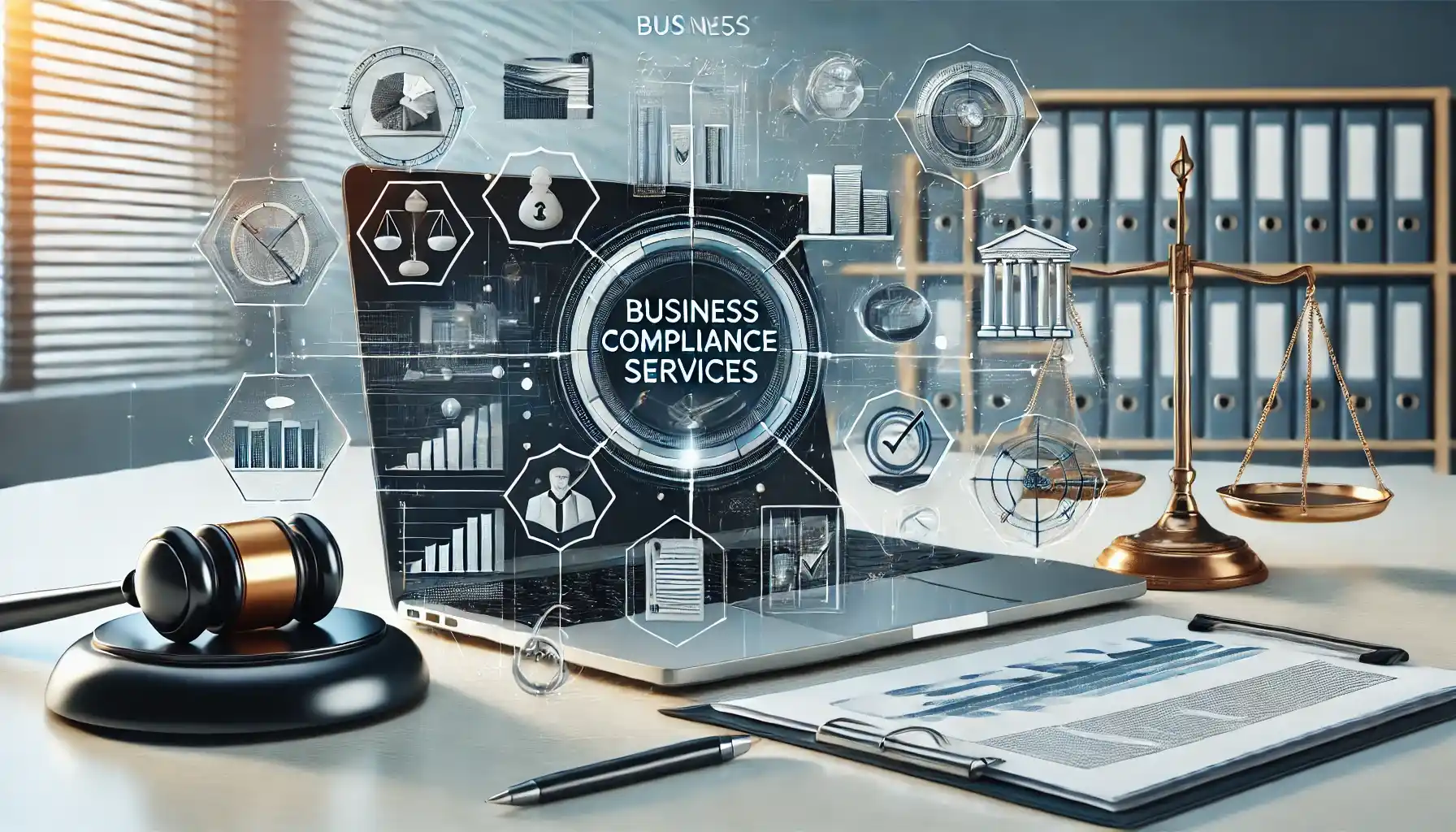
A well-crafted reference letter can be a powerful tool in helping an employee secure their next job. Whether you’re a manager, supervisor, or colleague, writing a reference letter requires careful consideration and planning.
In this guide, we’ll walk you through everything you need to know to craft an effective and impactful employee reference letter.
Why is a Reference Letter Important?
A reference letter is a crucial document that provides a detailed account of an individual’s skills, qualifications, and character. This is usually from the perspective of someone who has firsthand experience working with or observing them.
This letter plays a significant role in various contexts. These involves job applications, academic admissions, and professional endorsements. It offers potential employers or institutions valuable insights into the applicant’s work ethic, abilities, and personal attributes. It often highlights aspects that may not be evident from resumes or transcripts alone.
A strong employment recommendation template can greatly enhance an applicant’s credibility. It can also improve their chances of securing opportunities. This is done by providing a trusted endorsement of their strengths and accomplishments.
Key Components of a Reference Letter
Whether you’re writing one or requesting one, it’s important to know what makes a reference letter effective. Here, we’ll break down the key components you should include.
Contact Information
Start with the basics. Include the following:
- Your name
- Your position title
- Your business or establishment (if relevant)
- Your electronic mail address
- Your mobile number
The recipient can easily get in touch with you if they have any questions thanks to this information.
Date
Include the date when you write the letter. This helps to show the letter is recent and relevant.
Salutation
Begin the letter with a greeting. A simple “Dear [Name]” works well. If you don’t know the recipient’s name, use a general greeting like “To Whom It May Concern.”
Introduction
The introduction is the first paragraph. Here, you should state who you are, how you know the person you’re recommending, and for how long you’ve known them. This sets the context. For example:
“I am pleased to recommend Jane Doe, who has worked as a software engineer at my company for the past three years.”
Body Paragraphs
The body of the letter is the most important part. It should include two or three paragraphs that describe the person’s qualifications and character. Focus on specific examples to make your points clear.
Skills and Qualifications
Talk about the person’s skills and qualifications. Mention specific achievements and projects. For example:
“Jane has demonstrated exceptional skills in software development. She led a team that developed a new application, which increased our company’s productivity by 20%.”
Character and Work Ethic
Discuss the person’s character and work ethic. Are they reliable? Hard-working? A team player? Use examples to back up your claims:
“Jane is incredibly reliable. She consistently meets deadlines and often goes above and beyond to ensure the success of her projects. Her positive attitude and willingness to help others make her a joy to work with.”
Conclusion
In the conclusion, summarize why you’re recommending the person. Offer to provide more information if needed. For example:
“I am confident that Jane would be a valuable asset to any organization. If you have any questions, please feel free to contact me.”
Closing
End the letter with a closing phrase like “Sincerely” or “Best regards,” followed by your name.
Signature
If you’re sending a hard copy, include your signature above your typed name. If it’s an email, just type your name.
Tips for Writing a Strong Reference Letter
A great reference letter can be very helpful in gaining employment, an internship, or a chance to further one’s education. Here are a few easy ways to make sure your letter has a good effect.
Understand the Purpose
Before you start writing, understand why the letter is needed. Is it for a job application, a scholarship, or an academic program? Knowing the purpose will help you tailor your content effectively.
Get the Details
Ask the person requesting the letter for details about the opportunity they are applying for. This includes the job description, the recipient’s name, and any specific points they want highlighted. The more information you have, the better your letter will be. If you need some help, there are online letter of recommendation templates that can serve as a guide.
Start with a Strong Opening
Begin your letter with a clear statement of your relationship to the candidate. Mention how long you have known them and in what capacity. For example:
“I am pleased to write this letter of recommendation for Jane Doe, who has been my colleague at XYZ Corporation for the past three years.”
Highlight Key Qualities
Focus on the candidate’s most relevant qualities and skills. Use specific examples to back up your claims. If the candidate is applying for a managerial position, mention their leadership skills and give an example of a project they successfully led.
Be Honest
Honesty is crucial in a reference letter. Do not exaggerate or provide false information. If you do not feel comfortable writing a glowing recommendation, it is better to decline the request.
Keep It Concise
A strong reference letter template should be clear and concise. Aim for one to two pages. Focus on the candidate’s strengths without going into unnecessary detail.
Use a Positive Tone
Maintain a positive and supportive tone throughout the letter. Even if you need to point out areas where the candidate could improve, frame it in a constructive way.
Proofread
Errors can undermine the credibility of your letter. Proofread your letter for spelling, grammar, and punctuation mistakes.
Include Your Contact Information
At the end of the letter, include your contact information. This allows the recipient to reach out if they have any questions or need further details.
Constructing the Best Employee Reference Letter
Writing an employee reference letter is an important responsibility. By following the guidelines and tips provided in this ultimate guide, you can craft a letter that effectively highlights the employee’s strengths and helps them secure their next job. Remember to be honest, specific, and professional, and you’ll create a reference letter that leaves a lasting impression.
For more topics aside from reference letter template tips, check out the rest of our blog!
Read more on WCCO







